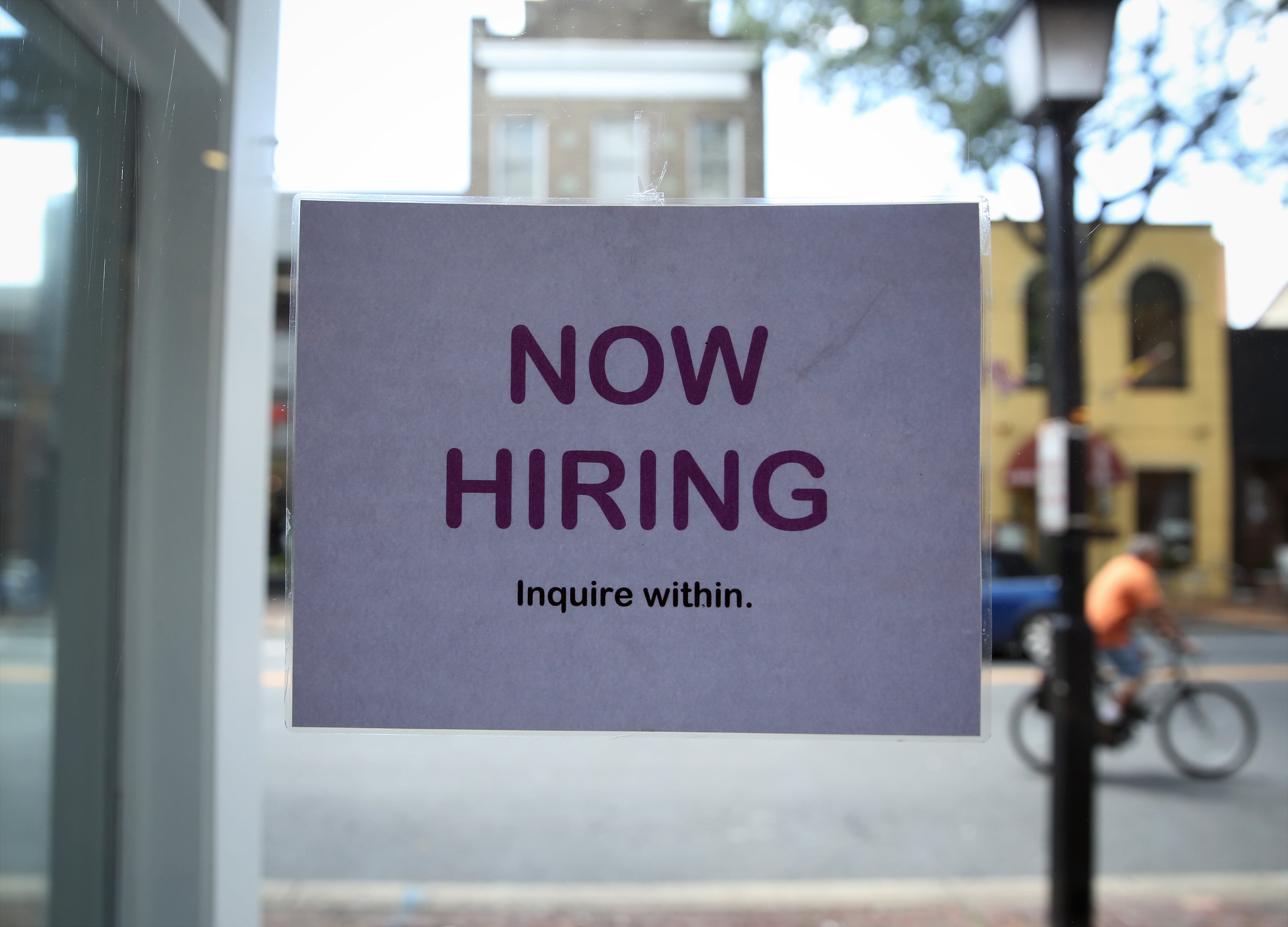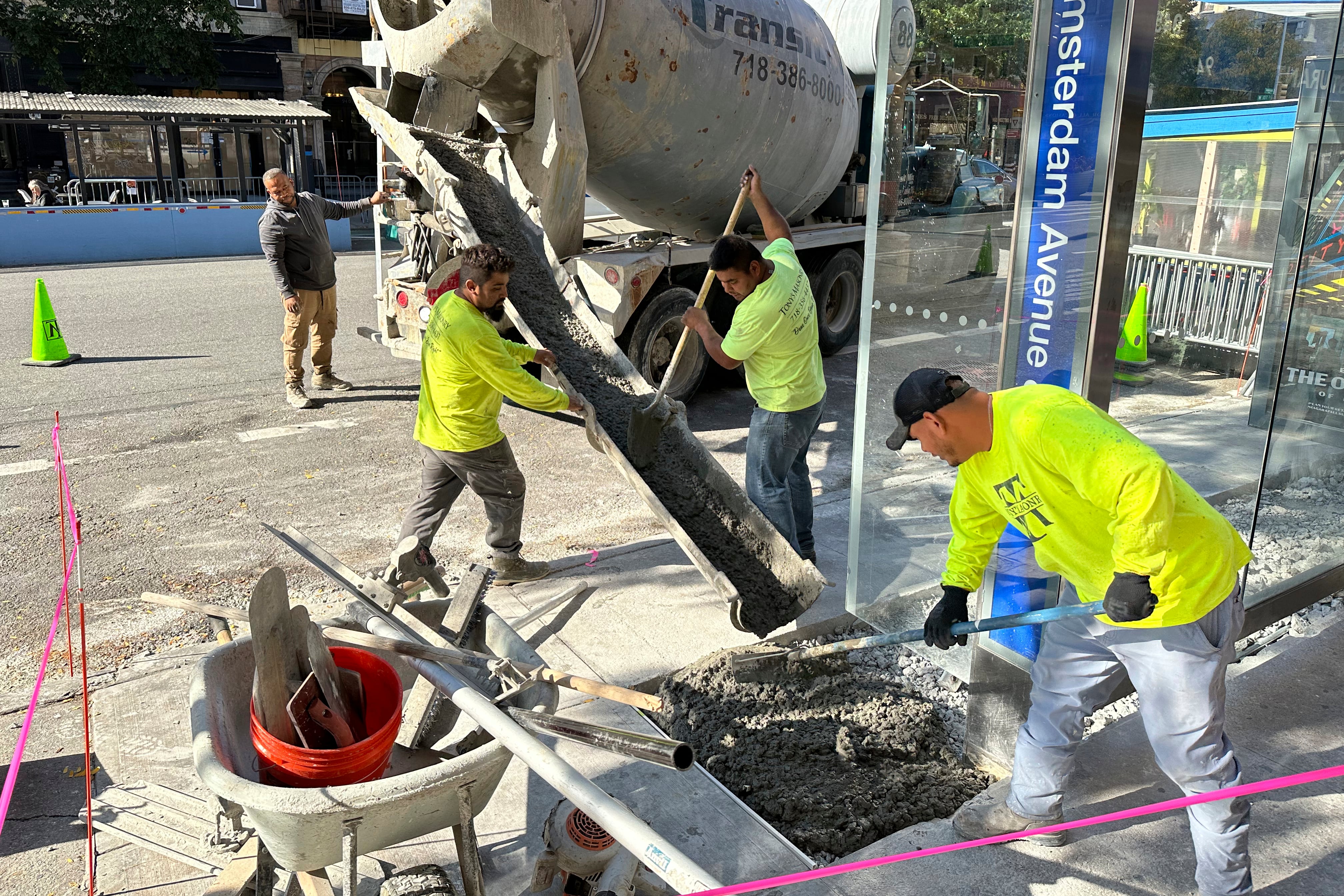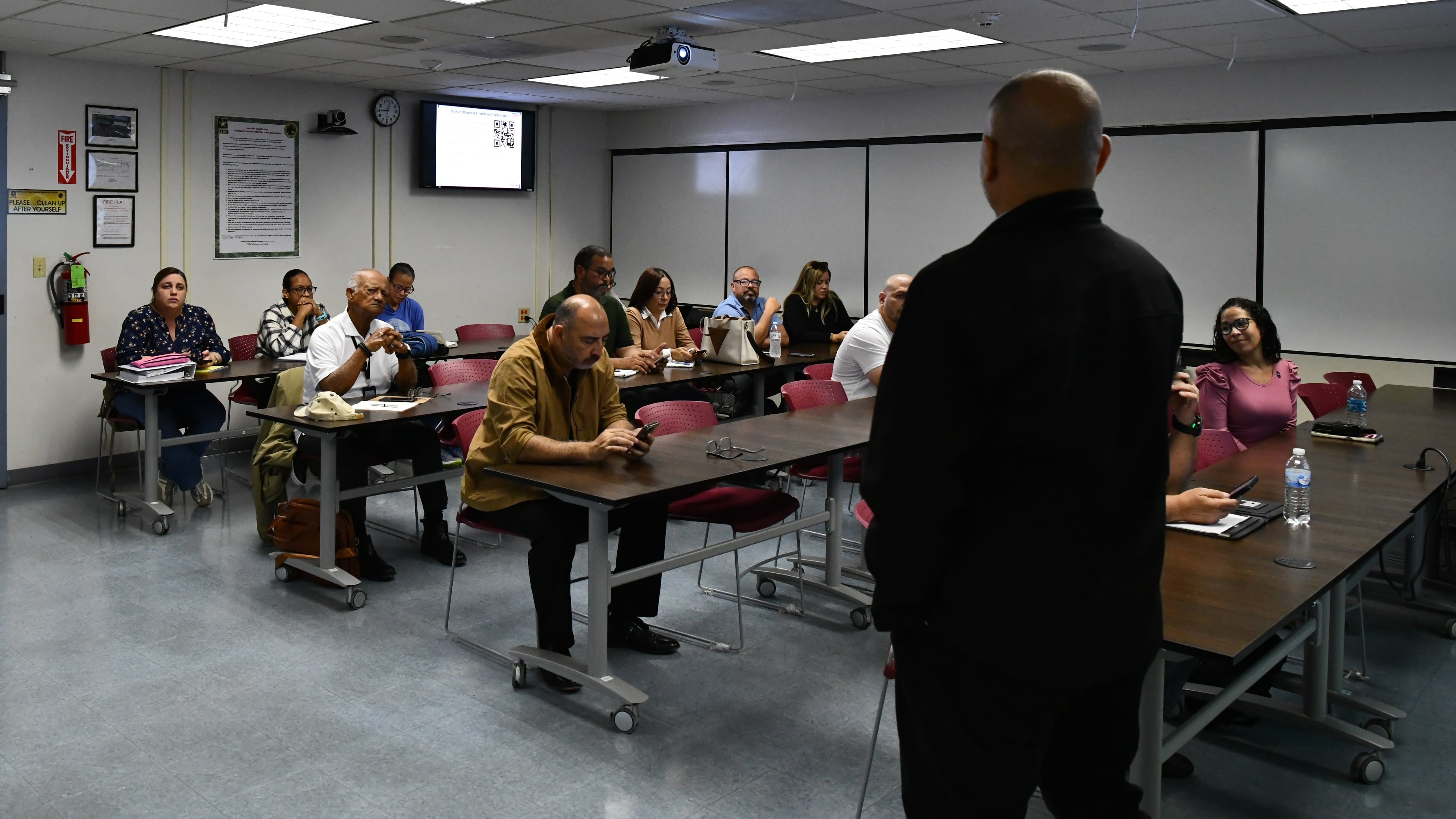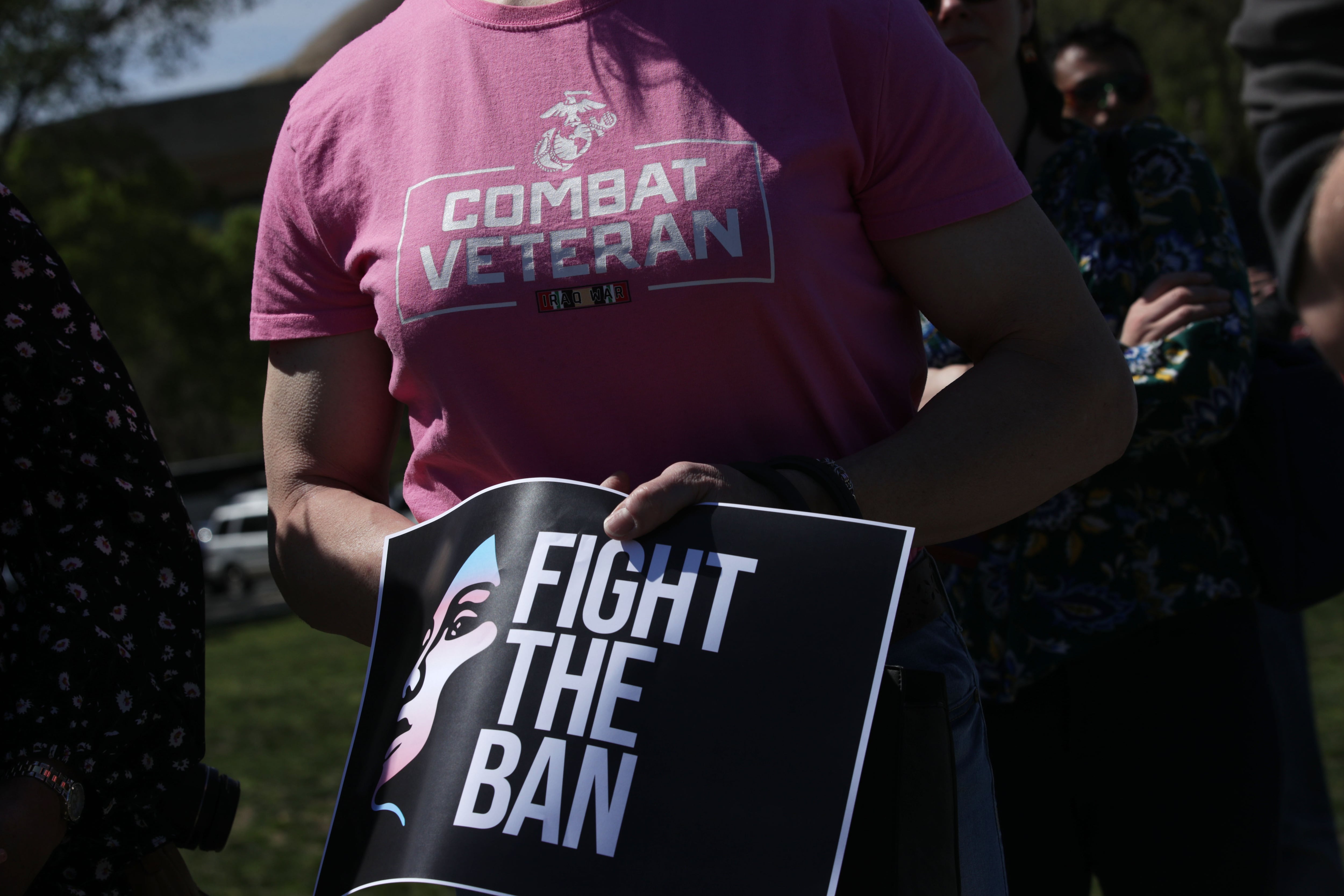Younger veterans are more likely to land jobs that pose risk to their physical and mental health than their civilian peers, potentially exacerbating already existing injuries from their time in the ranks, according to a report released Wednesday.
Researchers from the Rand Epstein Family Veterans Policy Research Institute said the potentially hazardous jobs include posts in industries such as construction, transportation and maintenance ― all of which have a higher percentage of veteran employees than non-veteran workers.
“Ensuring safe and healthy working conditions for veterans should be a priority of policies and programs to improve employment opportunities for this population,” the report stated.
“Veterans have already put their lives and health on the line for their country, sometimes with long-term effects that make them vulnerable to additional hazards on the job. Understanding why veterans choose the occupations they do and the risks they are exposed to could lead to policies that improve veteran health and support for all workers.”
RELATED

The study — based on U.S. Census Bureau data collected on veteran employment — found that older veterans generally have the same industry distribution and unemployment rate as their civilian peers.
But veterans aged 30 and under had stark differences in their workforce profiles. About 21% of veterans were employed in construction and maintenance jobs (compared to 16% for non-veterans) and nearly 22% in production or transportation work (compared to 19% for non-veterans).
Veterans were less likely than their civilian peers to work in management, science or art jobs (25% vs 34%), or in sales or office posts (14% vs 16%), the study found.
Researchers could not say whether the discrepancies were a result of post-military work preferences or tied to veterans’ unique military skills. But they said the findings indicated that younger veterans may be more likely to be forced into “unhealthy jobs,” a concern that deserves further study.
“There is a need to better understand how veterans transition to civilian life — in particular, how successful they are in applying their military experience to the civilian job market, the impact of educational opportunities, and why veterans end up taking jobs with more physical hazards,” they wrote.
Roughly 17.6 million veterans were in the U.S. workforce in March, according to the Bureau of Labor Statistics, 5.3 million of whom served in the Iraq and Afghanistan wars era.
The full report is available on the Rand website.
Leo covers Congress, Veterans Affairs and the White House for Military Times. He has covered Washington, D.C. since 2004, focusing on military personnel and veterans policies. His work has earned numerous honors, including a 2009 Polk award, a 2010 National Headliner Award, the IAVA Leadership in Journalism award and the VFW News Media award.





